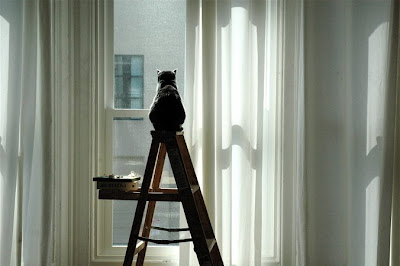
I apologise that this is far from a happy cheery quilt. But, as I struggled with this theme (and boy did I struggle to come up with anything!) I realised that it was because I did not not have a story about chairs. All my quilts for this groups seem to stem from a tale of one kind or another. Okay, there was Goldilocks (and I came close, oh so close, to making a bowl of steaming porridge), but that seemed too obvious. No, somewhere out there I believed there was the story for this theme and if I just waited it would be dredged out of my consciousness. And one night, as I was hovering on that hazy edge of sleep, there it was.
Daniel James was a 23 year old who had been paralysed from the chest down when a scrum collapsed as he played rugby. He was not terminally ill and had regained a tiny amount of movement in his fingers. However,he had constant pain in all of his fingers. He was incontinent, suffered uncontrollable spasms in his legs and upper body and needed 24-hour care. This previously fit young man considered his new life to be a 'second class existence'. He tried to commit suicide and his parents and other people implored him to live, encouraging him that despite his severe disability there were things in life worth living for. No doubt, people like Christopher Reeve were cited as examples. He could not agree.
In September 2008 his parents helped him to travel to Dignitas, the assisted dying clinic in Switzerland, where, against their wishes, but with their understanding, he was helped to die.
By co-incidence as I put the final touches to this quilt, Julie Walters played Dr Anne Turner in a made for TV film about the Doctor who took the same route in 2006. After nursing her husband through an illness which left him completely motionless, she discovered she had a similar illness, progressive supranuclear palsy. She invited the BBC to film an interview with her and to film her journey on the condition it was not aired until after her death.
She did so to highlight the fact that it is illegal in the UK to assist in the suicide of another, even when it is done to end terrible suffering. In fact although over 100 Britons have now travelled to Dignitas (some doing so a little earlier than they would have liked because otherwise they would be too unfit to make the trip) no one has yet been prosecuted. Several have been investigated including the parents of Daniel James.
Some people with illnesses - like Diane Pretty, who has motor neurone disease - have sought advanced declarations from the courts that their spouse would not be prosecuted for helping them to die, feeling that they could not ask without such a guarantee. The argument is that if they were physically capable of doing it themselves then it is not illegal - survivors of failed attempts are no longer prosecuted. But, if she feels that her life is intolerable because of an illness that prevents her making the necessary movements to end her own life, it is illegal for her to get help from her carer. The courts have refused such advance declarations.
Campaigners against assisted dying ( in which people are enabled to take their own life) have either religious beliefs which relate to the sacredness of life and/ or fear abuse of the vulnerable if the law is changed. Often the debate is confused with that of euthanasia ( i.e the relieving of suffering by death of those who have not asked for it/ do not administer the means of death themselves.)
I am not seeking with this quilt to say what your view should be on this issue. I am asking you to consider - if you feel able to bear it - what you would feel if you could not get out of your chair. Not because I feel you should have a 'position' on assisted suicide, (or because I want to make you miserable) but because it does us all good to be more observant of and grateful for the movements we can do and take for granted.
In terms of the construction, the quilt is simple ( but I hope graphic!). It is a black background fused onto Fast2Fuse. The seat and back of the chair is an image of a spine MRI printed onto Extravorganza and in two pieces to suggest a broken back. The tyre is felt, embroidered with a 'tread' pattern and with a button for the spoke centre, all in grey, as if the MRI or X ray had included the chair. It is satin stitch edged and a Swiss flag is fused and zigzag stitched in the corner.

































